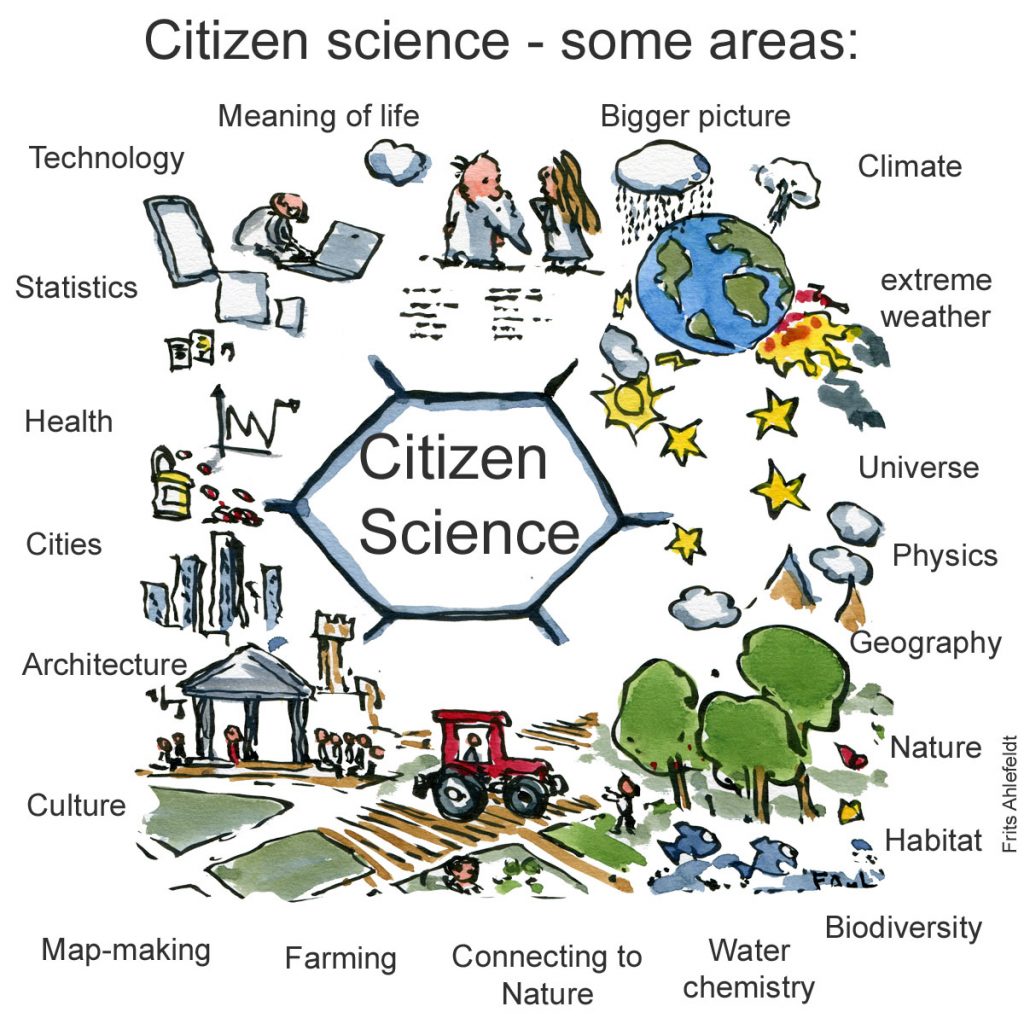Updated on 2 Σεπτεμβρίου, 2024
From Memories to the Hall of Fame SONG
Here is a more appropriate version for the occasion:
Here's to the ones that we got
Cheers to the wish you were here, but you're not
'Cause we've brought back all the memories
Of everything we've been through
Cheers to the ones here today
Cheers to the ones that we lost on the way
'Cause we've brought back all the memories
And the memories bring back memories, bring back you
There's a time that we remember we were little when we came
When we believed in forever and everything would stay the same
Now our hearts feel like December when somebody say your names
It's so difficult to call you, but I know I will one day, yeah
Everybody hurts sometimes
Everybody hurts someday, ayy-ayy
But everything gon' be alright
Go give a smile and say, ayy
Updated on 2 Σεπτεμβρίου, 2024
Wild flowers of the Greek countryside 2024
This is the post for our Wild Flowers project.
Following the link you can find a plant identification application which you can use to identify your flower adding the picture you have taken.
https://identify.plantnet.org/
You can also use the following website to learn so more things about the plant. It is a citizens' science site 
.... it aims to promote people's participation in scientific observation and research.
Getting involved in a citizens' science project, people become more aware and concerned with social and environmental issues.
https://www.inaturalist.org/observations?place_id=any&view=species
Here is the link to a Google Doc where you can add your images of the flowers and the story of its discovery. Zahos from F2 Class has already made his and it is GREAT!
https://docs.google.com/document/d/1LPayMI38hAIAhRtId4eIYYIwKaW7hDr5Pz681UTGz3o/edit?usp=sharing
Updated on 24 Απριλίου, 2024
Wild flowers of the Greek countryside 2022
Follow the link to find an e-book we created with the students of F1 in the year 2021-2022 about spring wild flowers found in Greece.
https://www.storyjumper.com/book/read/133750422
What are the components of each entry?
Updated on 21 Απριλίου, 2024
Virtual water
A person living in Greece consumes more or less 1,668 litres of drinking water per year.
Virtual water, on the other hand, is the water used in the production of goods and services we use. For example, to produce a McDonald's Big Mac takes about 2,400 litres of water, most of which is used to grow the grain that feeds the cattle.
It takes five litres of water to produce one litre of bottled water (four litres required for production of the plastic bottle, plus the one litre of drinking water).
Here are some more examples that will blow your mind off!

2,110 galons = 9,592 litres of water used only to produce a pair of shoes!
How many years of drinking water consumption is equivalent to a new T-shirt and pair of jeans?
Think before you buy! Do you really need them?
More than your life?
Updated on 2 Σεπτεμβρίου, 2024
Earth Day … to protect Earth’s natural resources for future generations
Here is a video in which climate activists Greta Thunberg and George Monbiot tell us how we should use nature to tackle the climate crisis.
But who is Greta? Follow the link to read about her ...
And here is a quiz to check what you have learnt! https://learningapps.org/watch?v=p901dcc7n20&fbclid=IwAR1iINzjp-sCY5X13NU_dv_XFGXEillLRAts3g10ZShlfVU3UcudzVDnJaI
And a fun closing activity .... https://learningapps.org/watch?v=pc1gbw4bt20&fbclid=IwAR03zgA-ehytVRaHBp5PSwUj3iz642HWXnr0Irj0si5ypslBmPlAMCSV7EE
Updated on 16 Απριλίου, 2024
The invention of the dishwasher
Here is a post on the invention of the dishwasher machine. As you might have guessed, the person who first came up with the idea and the design of a dishwasher was a woman. Her name was Josephine Garis Cochran.
...
In 1883, at the age of 45, an unemployed Josephine Cochran decided, “If nobody else is going to invent a dishwashing machine, I’ll do it myself!" 
Instead of sticking with a plan that wasn't working, she changed how she presented her product. This happened because people became more concerned about keeping things clean following the discovery of viruses during the 1890s. Also, it became more expensive to hire workers to wash dishes at hotels and restaurants. More and more Americans started eating out and staying at hotels, which helped her product become popular.
Updated on 2 Σεπτεμβρίου, 2024
World Stray Animals Day
Let's have a break away from our digital stories celebrating the World Stray Animals Day!
Every April 4th is World Stray Animals Day, a time to show love, attention and compassion to less fortunate animals.
A feral animal is a domestic species born in the wild, while a stray was abandoned or lost.
To celebrate the day, here is a poem I love, although it doesn't solely refer to stray animals.
Animals

What about our school community?
Updated on 4 Μαρτίου, 2024
Major dramatic questions in digital stories about the history of an invention

Speaking out loud through writing … about an invention!
REMEMBER! Major Dramatic Questions can be stated or simply implied!
Here are some examples of explicitly stated Major Dramatic Questions in digital stories about inventions! Study them and think of a Major Dramatic Question for your own story ...
- How did the invention of the printing press revolutionize the dissemination of knowledge and impact literacy rates?
- What were the key challenges faced by inventors like Thomas Edison in developing the light bulb, and how did they overcome them?
- How did the invention of the steam engine transform transportation and industrial production during the Industrial Revolution?
- What societal impacts did the invention of the internet have on communication, commerce, and information sharing?
- What motivated Alexander Graham Bell to invent the telephone, and how did it change human interaction and communication?
- How did the development of the assembly line by Henry Ford revolutionize manufacturing processes and shape modern industry?
- What were the scientific and technological breakthroughs that led to the invention of the airplane, and how did it change the world?
- What cultural and societal impacts did the invention of the television have on entertainment, news dissemination, and communication?
- How did the invention of the transistor pave the way for the digital revolution and the rise of modern electronics?
- What challenges did inventors face in creating the first practical versions of the computer, and how did these machines evolve over time to become ubiquitous in modern society?



Latest comments